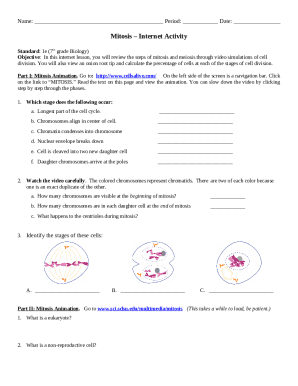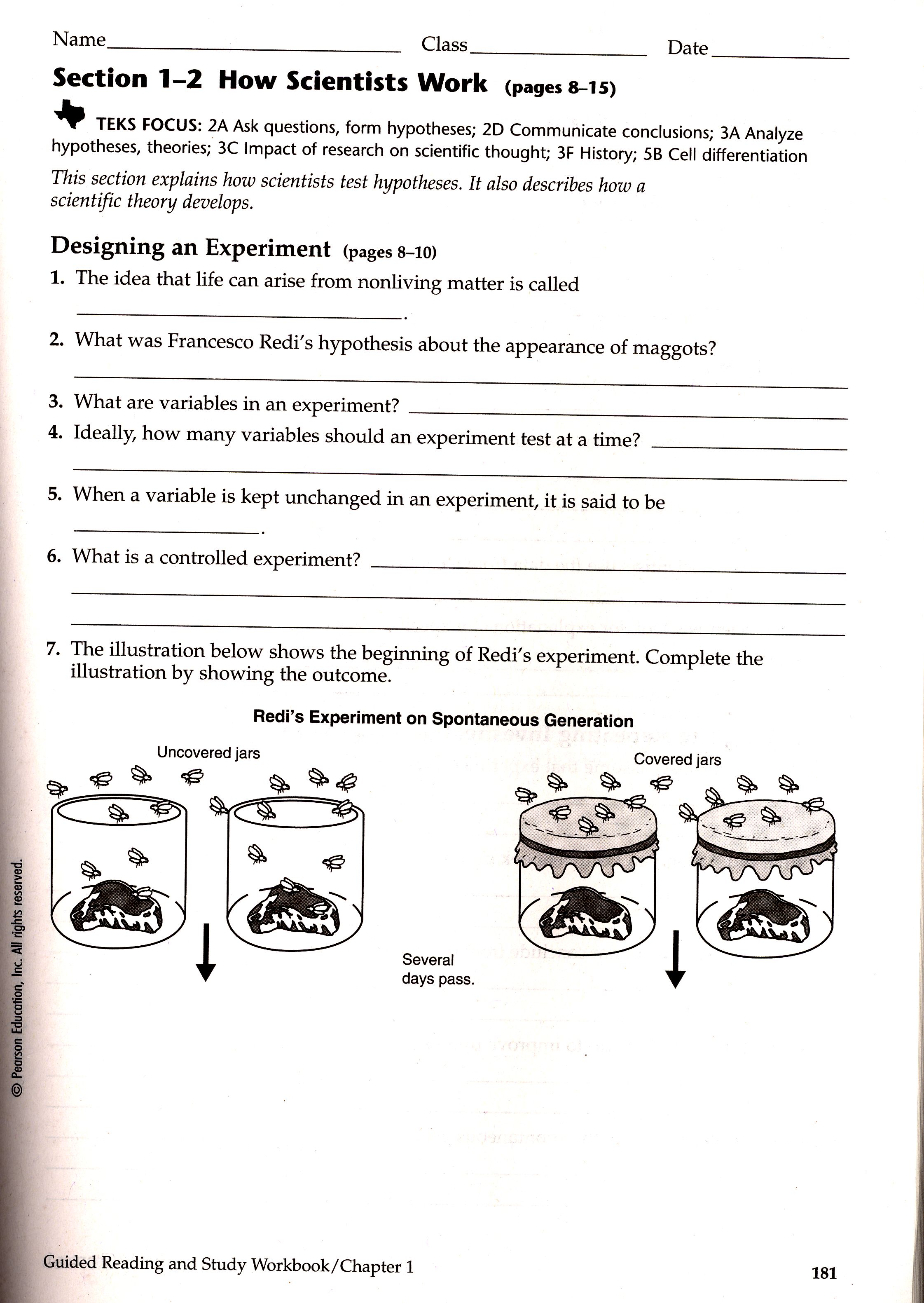Have you ever wondered how cells, the tiny building blocks of life, communicate with each other? It’s a complex and fascinating dance that underpins all biological processes, from the simple act of digesting food to the intricate development of a human embryo. And Chapter 11.2 of your biology textbook delves into this fascinating world, unveiling the intricate mechanisms of cell communication. This chapter, “Cell Communication”, serves as a gateway to understanding the intricate symphony of interactions that shape the very essence of life.

Image: www.pdffiller.com
The ability of cells to communicate is essential for the proper functioning of multicellular organisms. It allows cells to coordinate their activities, respond to their environment, and maintain homeostasis. Imagine a bustling city, where each individual, like a cell, must coordinate their actions with others to maintain order and achieve common goals. Just like a city, the human body relies on a complex network of communication to function efficiently. This chapter, “Cell Communication”, guides us through the intricate web of signals and responses that orchestrate the delicate balance of life.
Unveiling the Language of Cells: Types of Cell Signaling
The world of cell communication is a diverse and multifaceted one, employing a variety of methods to transmit signals and elicit responses. Chapter 11.2 explores the key types of cell signaling, providing a framework for understanding the dynamic processes that govern cellular interactions:
-
Direct Contact Signaling: This intimate form of communication occurs when cells are physically touching. This allows for the rapid exchange of information, often through specialized junctions that directly connect their cytoplasms. Imagine two friends whispering secrets directly to each other, sharing information in a private and instant way. This is similar to how cells communicate via direct contact. For example, gap junctions between heart muscle cells allow for coordinated contractions, ensuring a rhythmical heartbeat.
-
Local Signaling: Here, cells communicate over short distances, using chemical messengers that diffuse through the extracellular matrix. Picture small groups of friends sharing their thoughts and ideas within a limited radius. Similarly, local signaling allows neighboring cells to coordinate their activities. For example, growth factors secreted by cells stimulate the growth and division of nearby cells, coordinating tissue development.
-
Long-Distance Signaling: For communication across vast distances within the body, cells employ specialized messengers that travel through the bloodstream. Imagine a town crier broadcasting an important message throughout a city. This is analogous to how hormones, secreted by endocrine glands, travel through the bloodstream to reach target cells far away. These messengers, acting like postal carriers delivering vital information, trigger a cascade of events within the target cells, influencing their activities and maintaining overall body function. For instance, insulin, a hormone produced by the pancreas, travels through the bloodstream to regulate blood sugar levels, ensuring that cells receive the energy they need.
Inside the Messaging Center: The Mechanism of Cell Signaling
Each type of cell signaling relies on a specific mechanism for relaying information. Chapter 11.2 provides a detailed look into the intricate steps involved in cell signaling, revealing the mechanisms that govern the flow of information from one cell to another.
-
Reception: The journey begins when a signaling molecule, called a ligand, binds to a specific receptor protein on the target cell’s surface. Imagine a key fitting perfectly into a lock. Similarly, the ligand and receptor have specific shapes that allow them to bind, initiating the signal transduction pathway. This is the first step in the communication process, where the message is received.
-
Transduction: Once the ligand binds, it triggers a series of molecular changes within the receptor protein, often involving a cascade of relay molecules. These alterations transform the signal into a form that can be understood by the cell’s interior. Think of a chain reaction, where one domino knocks over another, and the signal is passed along, amplified and modified as it travels through different relay molecules. This step ensures that the message is transmitted accurately and efficiently.
-
Response: Finally, the signal reaches its destination, stimulating a specific cellular response. This response can vary depending on the type of signal received and the type of cell receiving it. The cell might alter its metabolism, change gene expression, or even alter its shape or movement in response to the signal. This final step represents the action taken by the cell in response to the information it has received.
The Importance of Regulation: Maintaining Control in a Complex Communication Network
As we delve deeper into the intricacies of cell communication, it becomes clear that this process is not a simple, one-way street, but a tightly regulated system. Chapter 11.2 highlights the importance of regulation, emphasizing how cells maintain a delicate balance in their communication network.
-
Amplification: The signal transduction pathway is often amplified, allowing a small initial signal to trigger a significant response. This ensures that the message is effectively delivered, even when a small number of signaling molecules are present. Think of a megaphone amplifying a voice, ensuring that the message reaches a wider audience. Similarly, amplification allows cells to respond effectively to even subtle changes in their environment.
-
Specificity: Cells respond differently to different signals, depending on the specific receptors they express. This allows for a diverse array of responses, ensuring that cells can carry out a wide range of functions. This specificity is crucial for maintaining order and preventing chaos in the communication network.
-
Termination: The signal must be terminated to prevent excessive or inappropriate responses. Cells achieve this through a variety of mechanisms, such as the internalization and degradation of receptors and the inactivation of signaling molecules. This regulation prevents the system from becoming overwhelmed and ensures that the signal lasts only as long as needed.

Image: worksheetsdotpw.blogspot.com
From Theory to Practice: Real-World Applications of Cell Signaling
The study of cell communication is not confined to the pages of textbooks; it has far-reaching implications for our understanding of health and disease. Chapter 11.2 sheds light on the role of cell signaling in various aspects of human biology and medicine:
-
Drug Development: Understanding the mechanisms of cell signaling has revolutionized drug development. Now, drugs are designed to target specific signaling pathways, disrupting or modulating their activity to treat various diseases. For instance, drugs that block the growth factor signaling pathways are used to treat cancer, preventing uncontrolled cell growth.
-
Understanding Diseases: Many diseases are caused by disruptions in cell signaling. For example, type 2 diabetes results from disrupted insulin signaling, leading to elevated blood sugar levels. Similarly, defects in the signaling pathways that control cell growth and division can lead to cancer. Understanding the molecular basis of these diseases opens doors for effective treatment strategies.
-
Tissue Engineering: Scientists are exploring cell signaling to develop new approaches to tissue engineering. By controlling the signals that cells receive, they can encourage the growth and differentiation of specialized tissues, paving the way for innovative treatments for injuries and diseases.
Exploring the Future: Exciting Advancements in Cell Signaling Research
The field of cell communication is constantly evolving, with ongoing research uncovering new insights and expanding our understanding of this fundamental biological process.
-
New Signaling Pathways: Researchers are continuously discovering new signaling pathways and exploring their roles in diverse biological processes. These discoveries provide a deeper understanding of cellular communication and open new avenues for therapeutic interventions.
-
Systems Biology: Researchers are using systems biology approaches to study the complex interactions between different signaling pathways, revealing how these networks collaborate to maintain cellular function. This holistic approach is leading to a more comprehensive understanding of how cells communicate and respond to their environments.
-
Personalized Medicine: As we learn more about the genetic basis of individual differences in cell signaling, personalized medicine approaches are emerging. This allows tailored treatments that target specific signaling pathways based on an individual’s genetic makeup, leading to more effective and targeted interventions.
Biology Chapter 11.2 Worksheet Answers Pdf
Conclusion
Chapter 11.2 of your biology textbook is not just an academic exercise; it is a window into the intricate world of cell communication. This knowledge empowers us to understand the fundamental mechanisms that govern life at its most basic level, enabling us to appreciate the complexity and elegance of biological processes. From understanding the mechanisms of cell communication to exploring its role in health and disease, this chapter lays the foundation for a deeper appreciation of the biology that shapes our world.
The journey into the world of cell communication is a fascinating one, and Chapter 11.2 is the perfect starting point. We encourage you to delve deeper, exploring additional resources and engaging in further learning to unravel the secrets of this essential biological process. As you continue to learn, remember that the ability of cells to communicate is a testament to the interconnectedness of life, underscoring the profound importance of understanding this intricate network of signals and responses.




